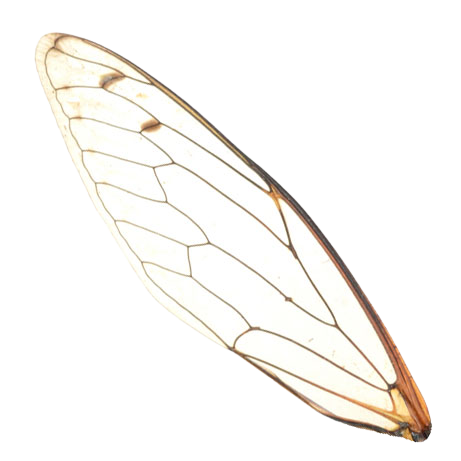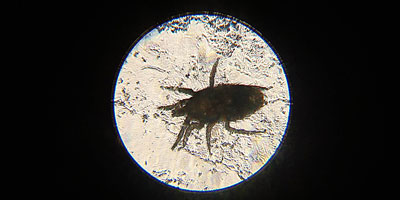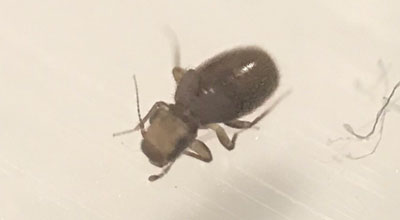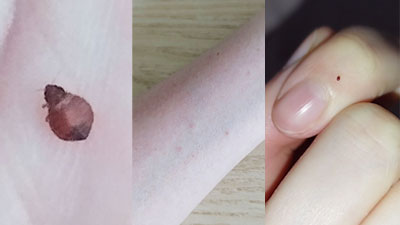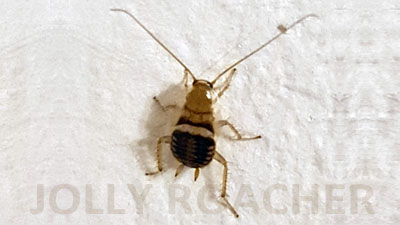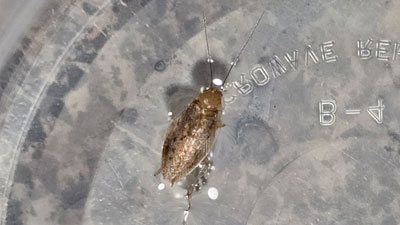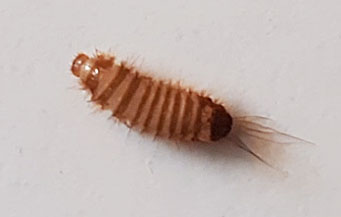Mites of the genus Dermanyssus, including the very common poultry parasite Dermanyssus gallinae, are among the most recognizable ones due to the characteristic pattern of their insides visible through the translucent integument of the body. Take a look, for example, at the photos of such mites which my viewer found in her apartment on the top fifth floor of the building:
To compare, look at the photo of these mites next to photos of mites from the genus Dermanyssus, including the red mite Dermanyssus gallinae:
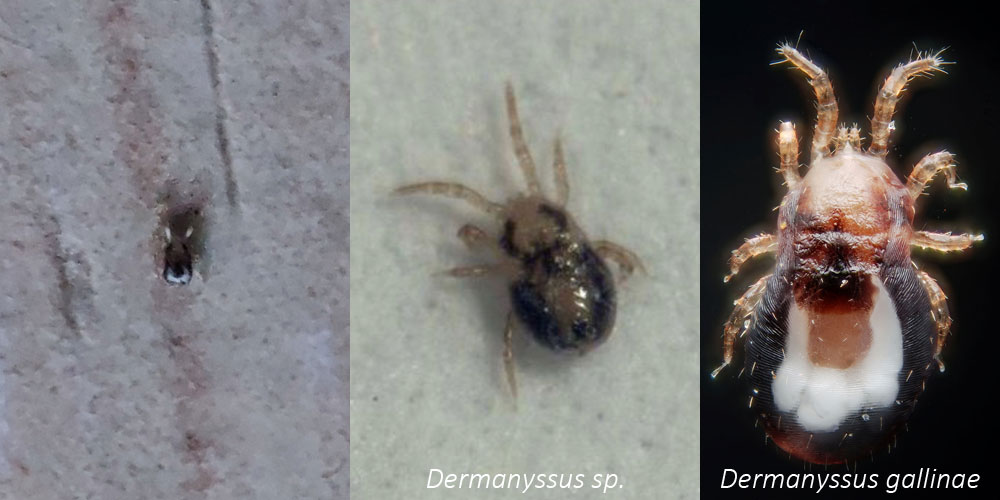
Such a “pattern” of translucent insides is a distinctive feature of many members of the genus Dermanyssus.
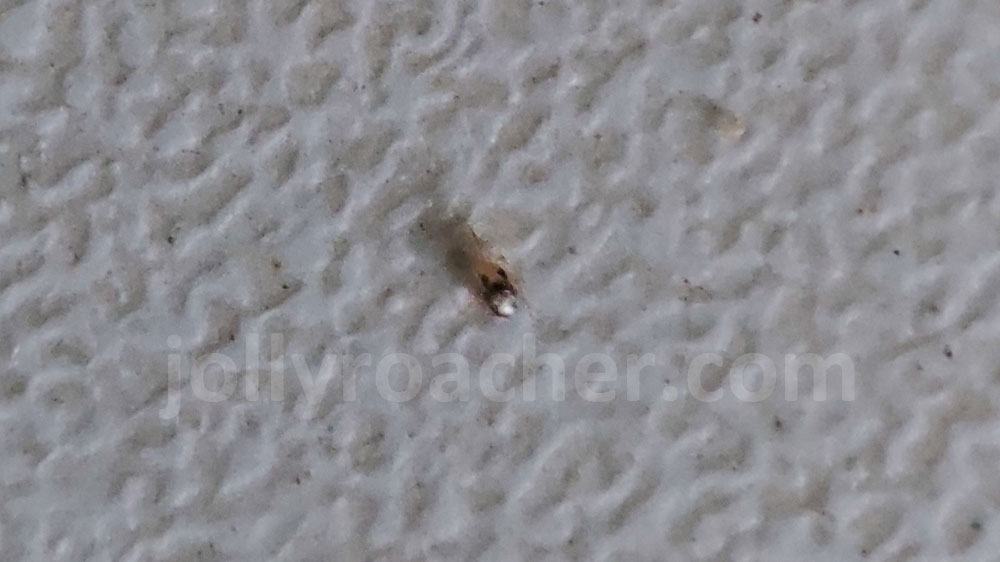
All species of this genus are parasites of birds or small mammals. They feed on blood and, after satiety, increase slightly in size, their bodies become deep red, and the mites themselves become more visible. That is why the most well known species of this family Dermanyssus gallinae is called red mite. Exactly it, most likely, is in our photos.
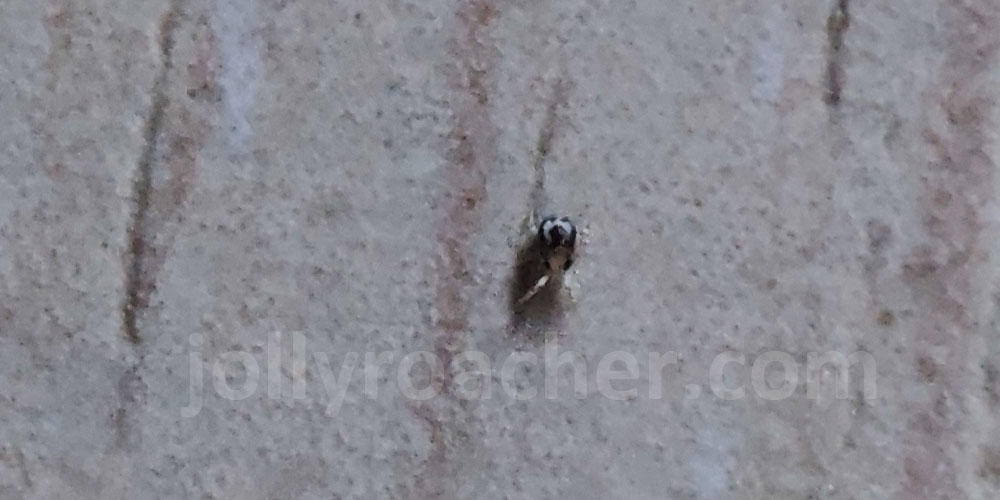
Most often, red mites settle in chicken coops and parasitize chickens. This is why in many other languages they are called chicken mites.
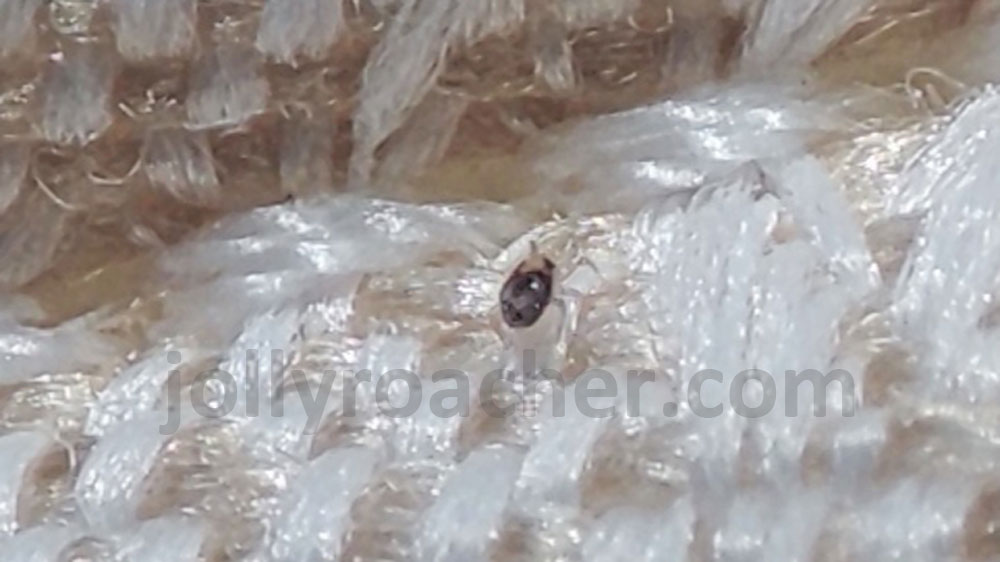
However, in the wild and in urban areas, Dermanyssus gallinae is not a rarity. This species and another bird mites in apartment buildings often breed in the nests of synanthropic birds – pigeons, crows, swifts, swallows, starlings, sparrows and others. Not surprisingly, bird mites in apartment buildings settle in bird nests in attics. When chicks fly out of these nests and the mites are left without feeders, they spread throughout the neighboring premises and penetrate into apartments in such migrations.
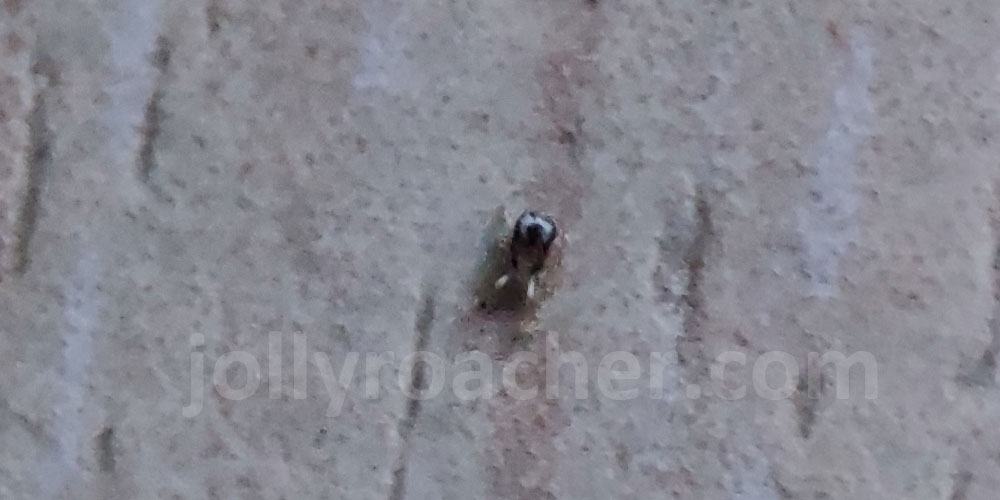
Here, in apartments, they can bite both pets and people. On domestic birds – canaries, parrots – they can parasitize constantly, breeding in their cages and near them. They can bite people, cats and dogs, but they are not able to reproduce steadily without access to birds. Therefore these mites usually appear in apartments in the second half of the warm season, when chicks of synanthropic birds fly out of nests, and then gradually disappear by mid-to-late autumn. However, in unusual situations, these mites are found in apartments at almost any time of the year. And in most such cases, these mites bite people in infested apartments…
Particularly these photos a girl sent me from a city in the temperate zone of Europe in early July.
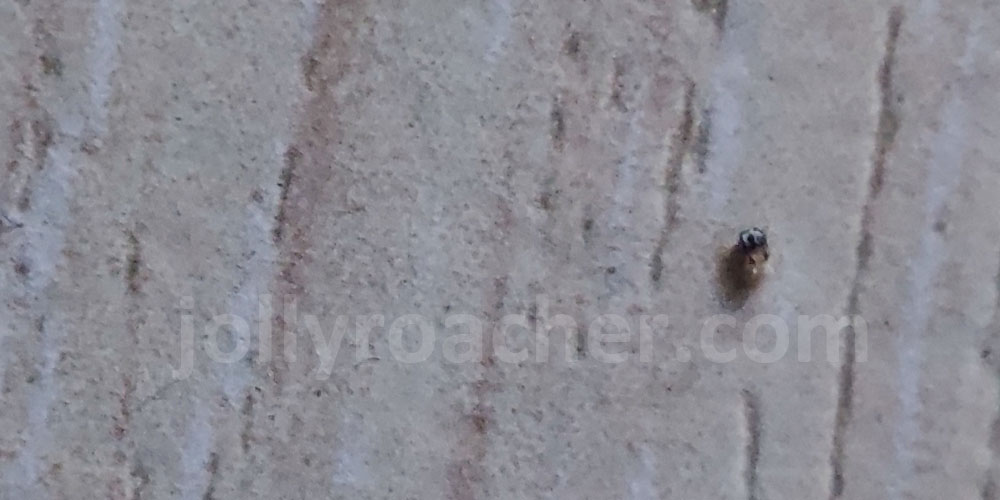
Even if such a characteristic pattern on the body of these mites is not familiar to you, you can definitely determine that these are mites by the number of their legs. If it has 8 of them, then this is either a mite, or spider. But since spiders are not parasites and do not bite people, such biting eight-legers are ticks. This is enough to start preparing for disinfection of the premises, because all synanthropic mites are either pests or parasites. And if they wound up in the house, it is no good for anyone.
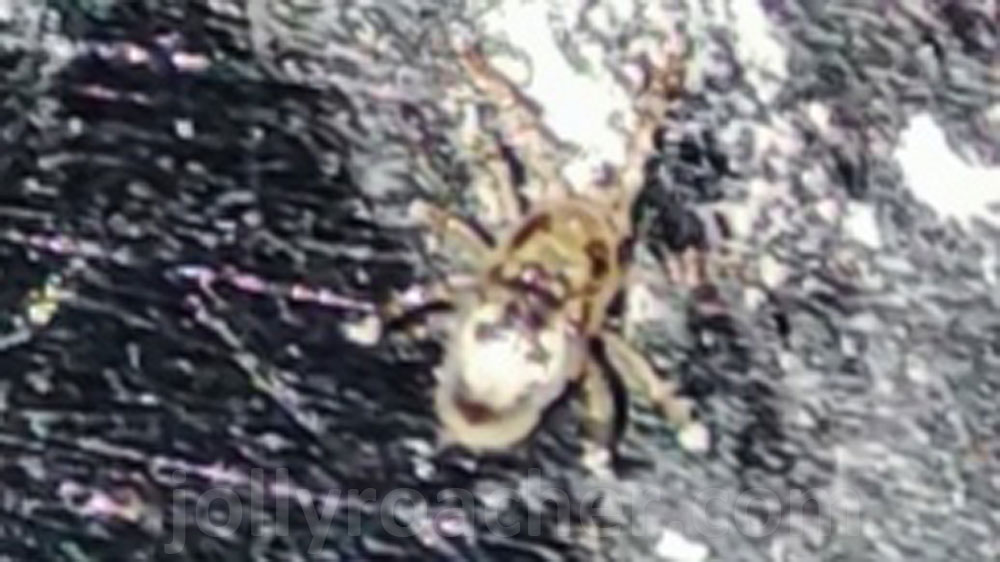
But the main difficulty in identifying these mites is their size. Look how small they are:
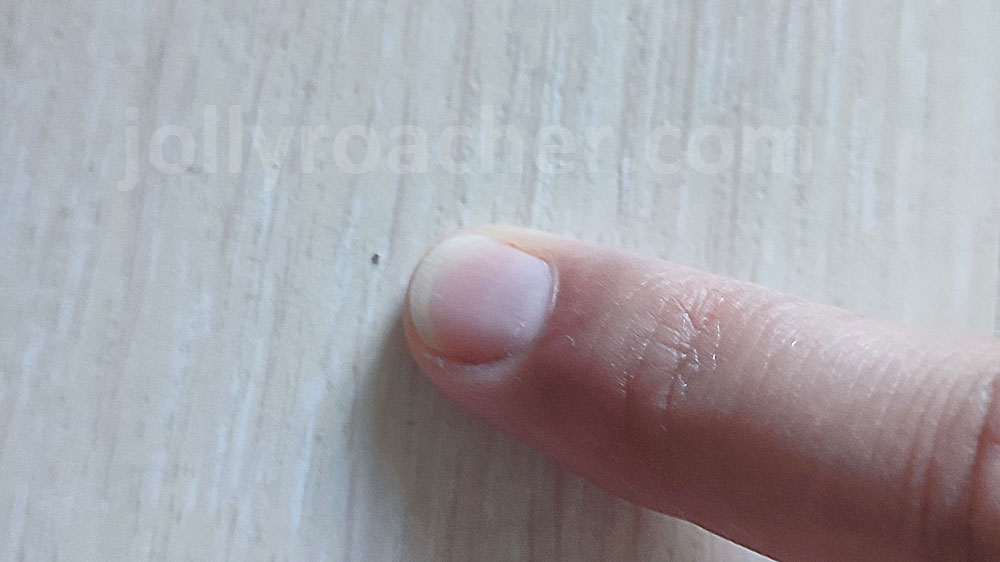
As you see, it’s very difficult to count the legs of such a tiny creature and see the pattern of its intestines. Therefore, to identify them, you must look at them either through a magnifying glass or in the photo, shot in macro mode. Author of these photos shot them well, probably in macro mode, and thanks to that I was able to recognize these parasites.
So if you find such microguests at home, photograph them as it is done here (or better shoot a few videos as well) and send these media to me. Together we will identify them for sure.
